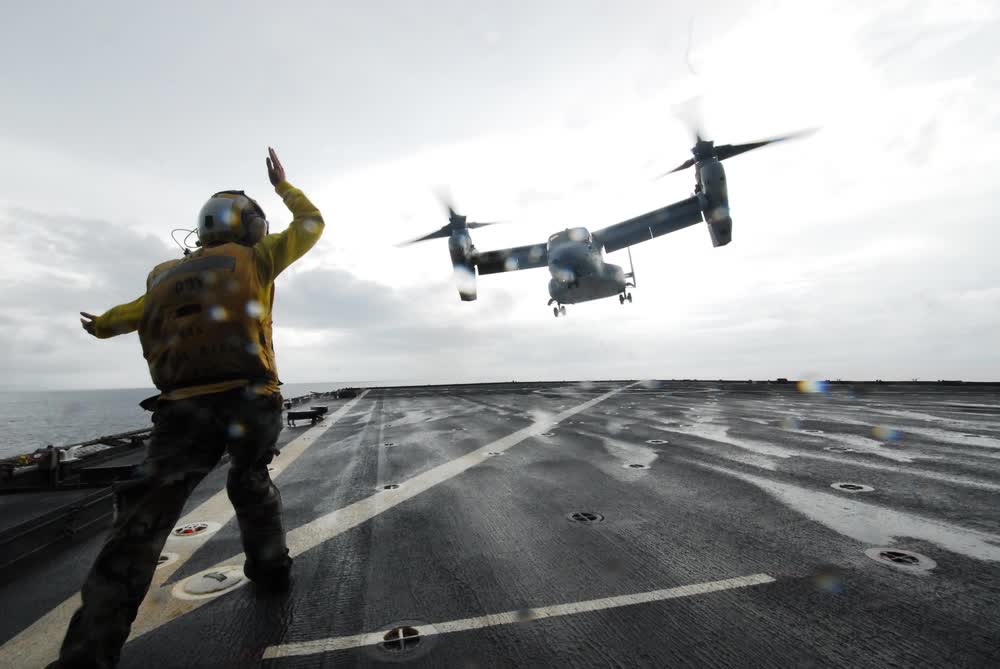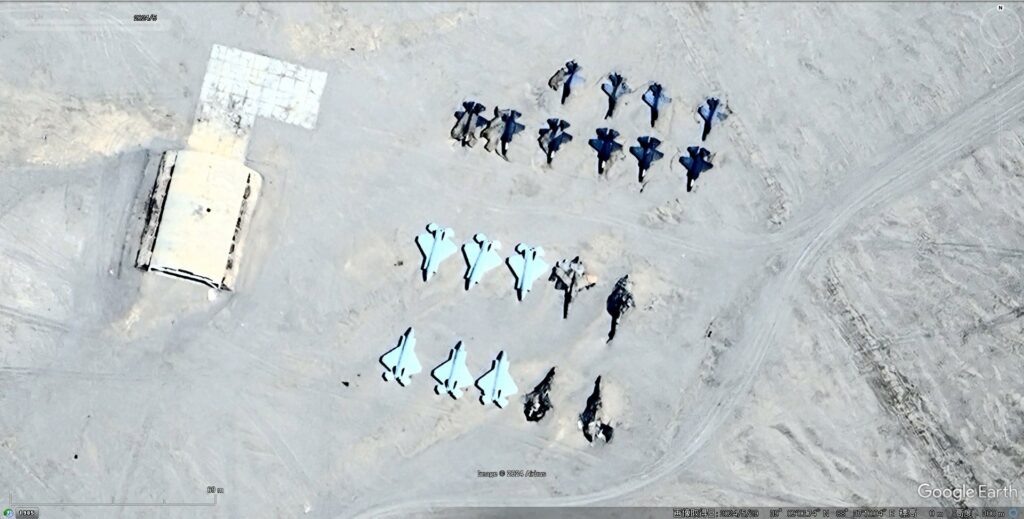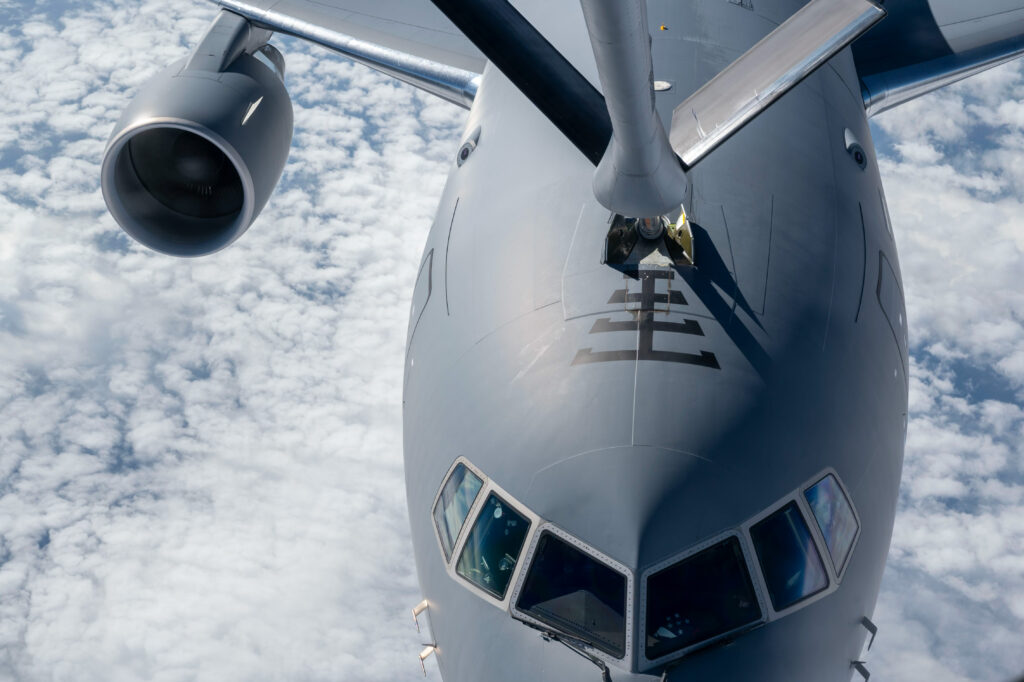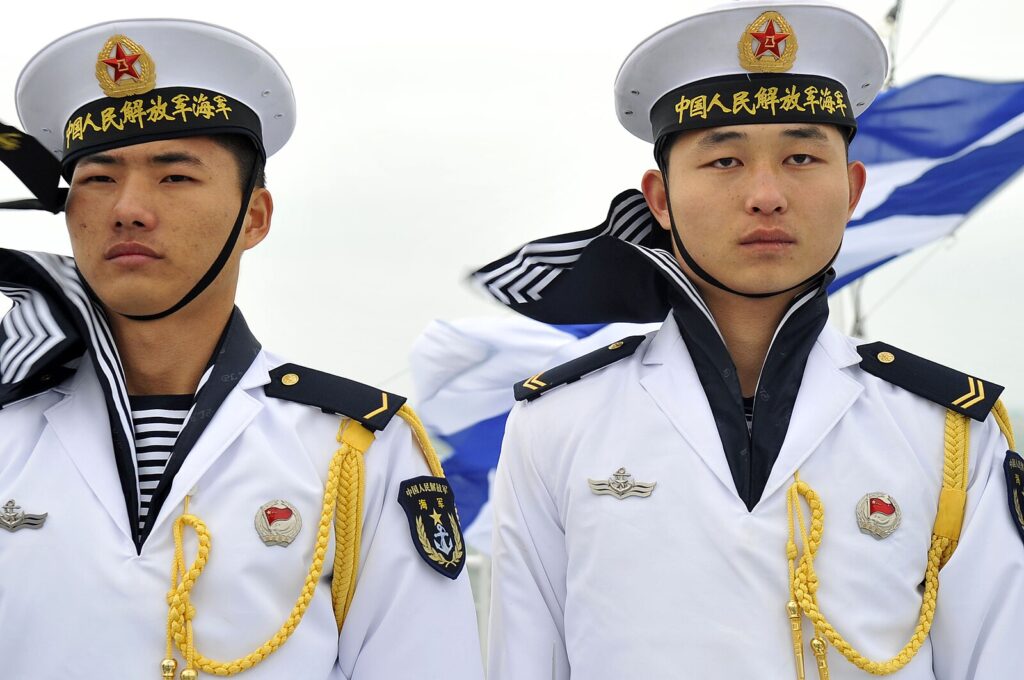The CV-22 Osprey, one of the most unusual but fascinating aircraft in the U.S. arsenal, is looking to get back into action after another fatal mishap.
A tiltrotor aircraft used to support special operators and Marines, the V-22 Osprey has been in active service for almost 20 years. However, its future is uncertain after a series of mishaps.
The grim casualty total is 50 troops since the aircraft started its designing and production journey. Alarmingly, in the past two years, 20 troops, or almost 50 percent of the total casualties, have been killed in four V-22 Osprey mishaps.
Back in action, but for how long?
In November, an AFSOC CV-22 Osprey crashed off the coast of Japan, killing all eight Air Commandos on board. That was the final straw for the Pentagon, which grounded the entire V-22 Osprey fleet until experts determine the causes of the November mishap. The crash was the latest incident in a long history of accidents for the V-22 Osprey family.
“There is a strong desire to return to fly because that is a capability we want to have, but we want to be able to return to fly with as much knowledge as we possibly can so that we can ensure that we are safely taking care of our crews as it goes forward,” Lieutenant General Tony Bauernfeind, the commander of the U.S. Air Force Special Operations Command (AFSOC), said at the Air and Space Forces Association’s Warfare Symposium conference this week.
AFSOC’s commander said that the CV-22 brings an important capability to the table and right now fulfills a role that no other special operations asset can. However, there is palpable concern in the special operations community about the aircraft. The Osprey fleet, after all, has been grounded three times in the past year.
The head of AFSOC highlighted that safety is his number one priority.
“I can tell you right now, nothing is more important to me than the safety of our air commandos. And when the time is right, when we make that decision to return to fly, it will be with me having the full confidence not only in our training, but our crews, as well as the platform and the new mitigation measures that we have in place,” Bauernfeind said.
“We’re very confident in the mitigation steps that we’ve done,” the head of AFSOC concluded.
“People are more important than hardware. That’s one of our SOF Truths. Going off that, if we need to retire the Osprey, then we should do it and move on to a new platform that won’t be so dangerous,” an Army Special Forces non-commissioned officer told Sandboxx News.
The special operations community needs a reliable fleet of transport helicopters. Although the Army’s elite 160th Special Operations Aviation Regiment (SOAR) is shouldering much of the special operations transport duties with its MH-47 Chinooks and MH-60 Black Hawks, it can’t do everything by itself.
The Pentagon likely intends the Bell V-280 Valor as a replacement for the V-22 Osprey. Also, a tiltrotor aircraft, the V-280 Valor, is still under development.
Related: Part-time commando makes history by breaking 3,000 flight hours in the Osprey
The V-22 Osprey is an unusual aircraft
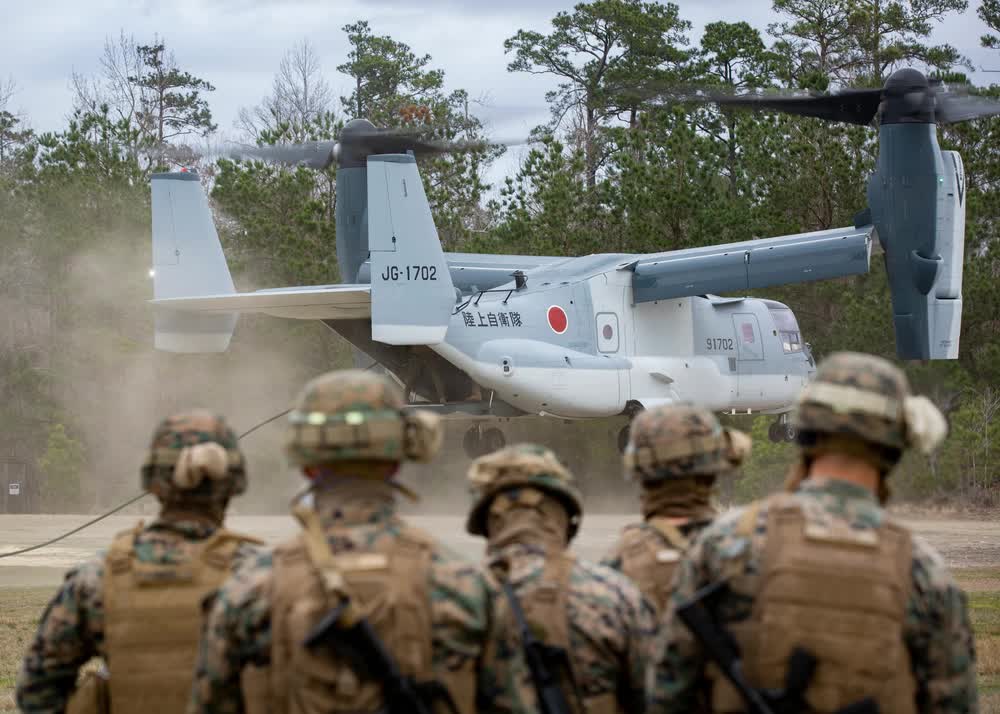
The V-22 Osprey isn’t your run-of-the-mill helicopter. Instead of one main rotor on top of the fuselage, the V-22 has two on its wings. Further, these main rotors aren’t static but can be used in an upward mode (like a rotary-winged aircraft) or forward mode (like a fixed-wing aircraft). The idea behind the V-22 Osprey was to have a platform with the capabilities of both a helicopter and a fixed-wing aircraft: Designers sought to combine the speed, range, and operational ceiling of a fixed-wing aircraft with the flexibility of a helicopter.
The development of the CV-22 Osprey began with the Joint Services Advanced Vertical Lift Aircraft (JSAVL) program back in the early 1980s and the prototypes first flew in 1989. But as the program continued to develop in the 1990s and early 2000s, repeated setbacks, including fatal crashes, caused problems with the aircraft’s development. Despite these setbacks, the Air Force and Marine Corps accepted their first operational aircraft in 2006.
The V-22 Osprey has a crew of four and can carry up to 32 fully-equipped troops, which translates to almost two Army Special Forces A-Teams or a Marine rifle platoon. There are three versions of the Osprey aircraft: the MV-22, which is the conventional version of the aircraft; the CMV-22, which is the naval version; and the CV-22 the special operations iteration. In total, more than 400 Ospreys are in service across the U.S. military; they have accumulated over 600,000 flight hours in 15 years. The Marine Corps uses the most Ospreys.
Besides the U.S. military, the Japanese self-defense forces use the V-22 Osprey as the only foreign partner.
